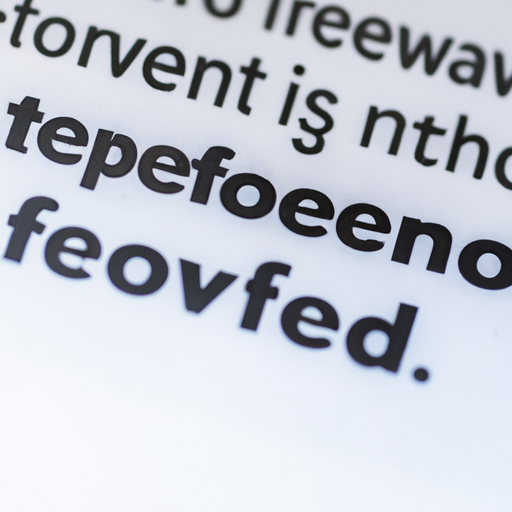Is FedNow Pivotal for Payments or Overhyped?
In recent years, the US payments landscape has witnessed a multitude of developments aimed at enhancing the speed and efficiency of transactions. One such major initiative poised to transform the industry is FedNow. Introduced by the Federal Reserve, FedNow is a real-time payment network designed to enable instant payments between financial institutions round the clock. While the concept sounds promising, the question arises: Is FedNow truly pivotal for payments or simply overhyped?
The Case for FedNow’s Importance
Proponents argue that FedNow has the potential to bring significant benefits to both businesses and consumers. Prompt payment settlements have become increasingly crucial in today’s fast-paced world, where individuals and companies alike expect instant results. By offering real-time transactions, FedNow can enable faster access to funds, helping businesses improve cash flow and avoid the delays associated with traditional payment methods.
Moreover, FedNow aims to create a more inclusive payments ecosystem. The system will be accessible to all financial institutions, including smaller banks and credit unions, ensuring that even smaller players can offer their customers immediate payment capabilities. This inclusivity has the potential to level the playing field, allowing smaller institutions to compete with larger ones and provide enhanced services to their customers.
Another aspect that highlights FedNow’s importance is its potential to reduce reliance on non-bank payment providers. In recent years, third-party payment apps and services have gained popularity due to their convenience and speed. However, relying solely on these services can pose risks, including limited interoperability and security concerns. FedNow could potentially provide a robust alternative, empowering financial institutions to offer their customers instant payments within a safe and regulated framework.
The Skepticism Surrounding FedNow
Despite the promises, critics argue that FedNow may fall short of expectations and that the hype surrounding it might overshadow its true value. One concern is the timeline of implementation. The Federal Reserve has set an ambitious goal of launching FedNow by 2023 or 2024. Skeptics question whether this timeframe is feasible given the complexity of establishing a nationwide real-time payments network.
Additionally, some experts argue that FedNow might not offer significant advantages over existing private payment systems. Private payment providers have already invested heavily in developing real-time payment infrastructures and have garnered substantial market share. These incumbents may already provide the speed, accessibility, and reliability that users demand. Consequently, the success of FedNow may depend on its ability to differentiate itself and convince both financial institutions and end-users to adopt the new system.
Lastly, the cost of implementing and maintaining a new payment network is a point of contention. Critics worry that the expenses associated with integrating FedNow into existing banking systems could disproportionately burden smaller financial institutions. The potential costs of technological upgrades and ongoing maintenance might outweigh the perceived benefits, dissuading some players from fully embracing the new system.
The Verdict: Balancing Efficacy and Expectations
Ultimately, whether FedNow proves to be pivotal for payments or overhyped will depend on a delicate balance. If the Federal Reserve can successfully deliver an efficient, cost-effective, and inclusive real-time payment system, FedNow could reshape the payments landscape. It has the potential to drive innovation, enhance financial stability, and increase economic opportunities. However, if the implementation process proves overly challenging, the advantages provided by existing private payment systems may overshadow the appeal of FedNow.
While the future remains uncertain, one thing is clear: the emergence of FedNow demonstrates the industry’s recognition of the importance of instant, secure, and accessible payment solutions. Whether it evolves into a transformative force or just another addition to the payments ecosystem, FedNow represents a significant step towards advancing the speed and efficiency of financial transactions in the United States.
